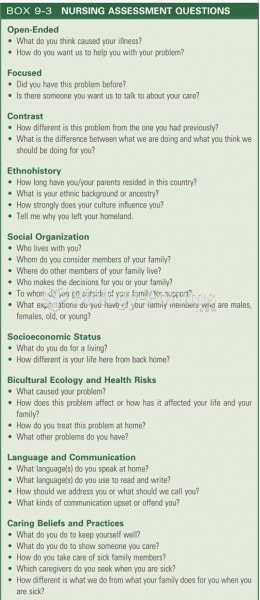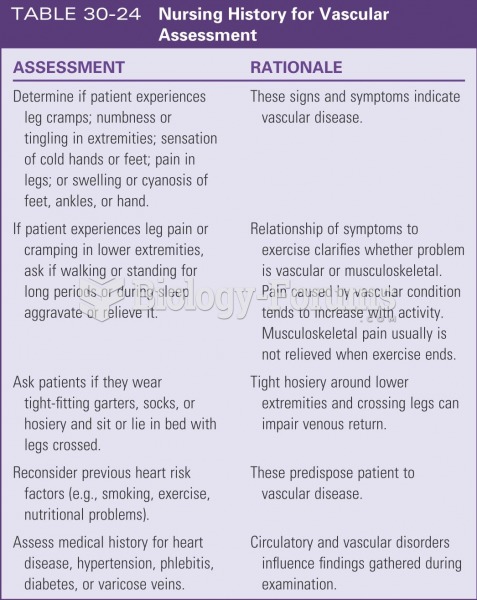Your patient is a 7-year-old male pedestrian who was struck by a vehicle. Your assessment reveals bleeding from the right auditory canal. Which of the following describes the most appropriate way to manage this?
A) Determining the presence or absence of cerebrospinal fluid is a low priority. Pack the auditory canal with sterile gauze to control bleeding.
B) Use a halo test to determine whether cerebrospinal fluid is in the blood. If it is, loosely cover the ear with a sterile dressing to prevent contamination while allowing blood to flow freely from the ear. If cerebrospinal fluid is not present, pack the ear canal with sterile gauze to control bleeding.
C) Determining the presence or absence of cerebrospinal fluid in the blood is a low priority. Loosely cover the ear with a sterile dressing to prevent contamination while allowing blood to flow freely from the ear.
D) Check the glucose level in the blood draining from the ear. If it is less than the patient's blood glucose level, there is cerebrospinal fluid present. Cover the ear loosely with a sterile dressing to prevent contamination while allowing blood to flow freely from the ear. If the glucose level of the blood from the ear is the same as the patient's blood glucose level, pack the auditory canal with sterile gauze to control bleeding.
Question 2
You are hosting a discussion on injury prevention when a participant asks you if you believe that helmets for motorcyclists will truly make a difference. You would respond by saying:
A) Motorcycle helmets decrease the risk of death when involved in a collision.
B) Helmets have been shown to prevent motorcycle accidents.
C) Wearing a helmet decreases the chance of being ejected from a motorcycle.
D) A motorcycle helmet decreases the chance of permanent spinal injury.







